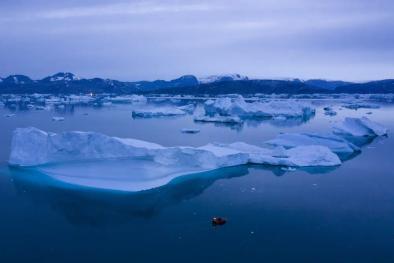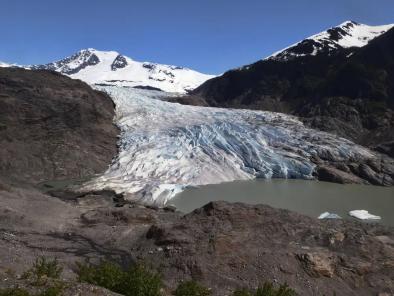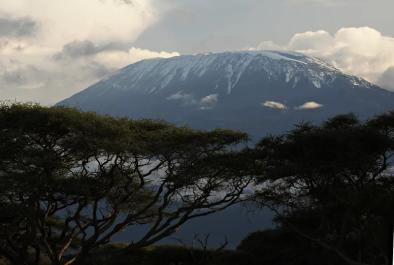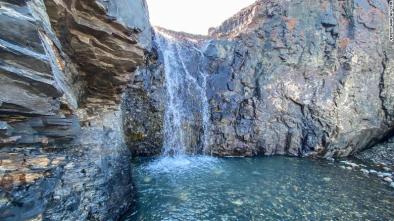Key Greenland glacier growing again after shrinking for years
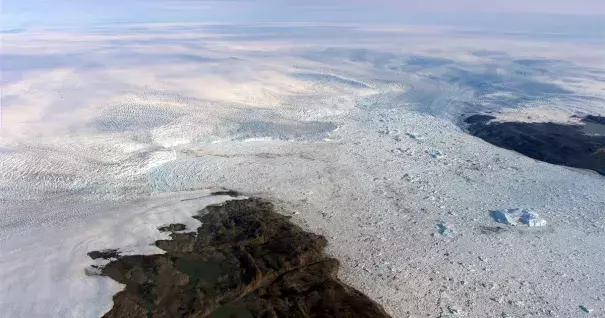
A major Greenland glacier that was one of the fastest shrinking ice and snow masses on Earth is growing again, a new NASA study finds.
The Jakobshavn glacier around 2012 was retreating about 1.8 miles and thinning nearly 130 feet annually. But it started growing again at about the same rate in the past two years, according to a study in Monday’s Nature Geoscience. Study authors and outside scientists think this is temporary.
“That was kind of a surprise. We kind of got used to a runaway system,” said Geological Survey of Denmark and Greenland ice and climate scientist Jason Box. “The good news is that it’s a reminder that it’s not necessarily going that fast. But it is going.”
Box, who wasn’t part of the study, said Jakobshavn is “arguably the most important Greenland glacier because it discharges the most ice in the northern hemisphere. For all of Greenland, it is king.”
A natural cyclical cooling of North Atlantic waters likely caused the glacier to reverse course, said study lead author Ala Khazendar, a NASA glaciologist on the Oceans Melting Greenland (OMG) project. Khazendar and colleagues say this coincides with a flip of the North Atlantic Oscillation — a natural and temporary cooling and warming of parts of the ocean that is like a distant cousin to El Nino in the Pacific.
The water in Disko Bay, where Jakobshavn hits the ocean, is about 3.6 degrees cooler than a few years ago, study authors said.
While this is “good news” on a temporary basis, this is bad news on the long term because it tells scientists that ocean temperature is a bigger player in glacier retreats and advances than previously thought, said NASA climate scientist Josh Willis, a study co-author. Over the decades the water has been and will be warming from man-made climate change, he said, noting that about 90 percent of the heat trapped by greenhouse gases goes into the oceans.
“In the long run we’ll probably have to raise our predictions of sea level rise again,” Willis said.
Related Content
